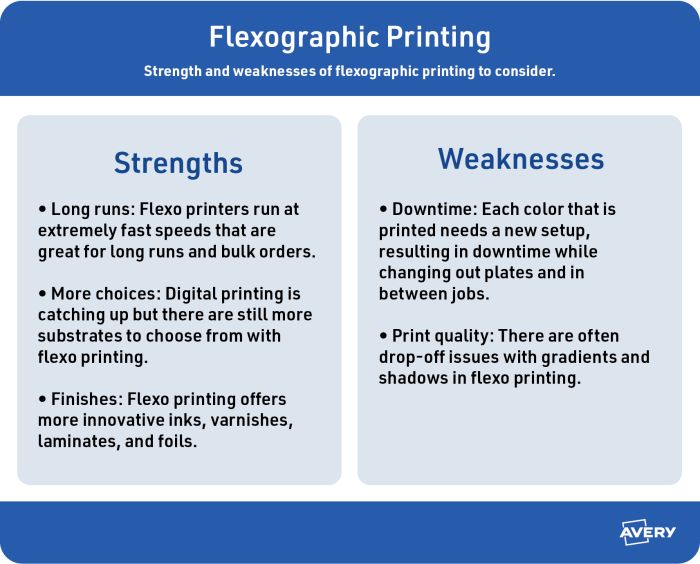The Best Strategy To Use For Digital Printing
The Best Strategy To Use For Digital Printing
Blog Article
Unknown Facts About Digital Printing
Table of ContentsHow Digital Printing can Save You Time, Stress, and Money.Getting My Digital Printing To WorkHow Digital Printing can Save You Time, Stress, and Money.The Buzz on Digital PrintingThe 15-Second Trick For Digital PrintingFascination About Digital Printing
Variable data printing, such as straight mail with customized codes and addresses, is ideally fit for electronic printing. Digital fast printing just requires 4 actions of layout, review, printing and binding to get every little thing done. Digital quick printing has an unequaled benefit: print on demand.According to PMMI, electronic printing permits brand names and manufacturers to react promptly to consumer needs while boosting the supply chain, decreasing warehousing cost and waste, and enjoying faster time to market. That all noises great, but just how does this technology do all that? The major differentiator of these modern technologies is that there are no set-up charges and no plates with electronic printing.
The 2-Minute Rule for Digital Printing
This results in quicker turn-around time and reduces expense when making use of digital printing.
Rapid manufacturing indicates getting your product to market much faster. It likewise means it's less complicated and faster to make adjustments in the future, when you alter a recipe, add a SKU, or develop seasonal packaging. Digital printing is very adaptable, so it's very easy to make modifications to the bundle layout quickly. It all goes back to home plates.
More stock can mean more waste down the roadway. With standard printing approaches, short-run printing is simply not possible. Since a terrific layout can make or damage your product, digital printing regularly creates top notch, clear and colorful graphics each time. Digital printing on flexible pouches adds the brilliant, dynamic, and accurate graphics that almost beckon consumers to reach out and touch them.
Digital printing is the process of printing digital-based images straight onto a selection of media substratums. There is no requirement for a printing plate, unlike with balanced out printing. Digital data such as PDFs or desktop posting documents can be sent out directly to the digital printing press to print on paper, picture paper, canvas, material, synthetics, cardstock and various other substratums.
The Main Principles Of Digital Printing
According to PMMI, electronic printing enables brands and producers to react swiftly to client needs while improving the supply chain, decreasing warehousing cost and waste, and appreciating faster time to market. That all sounds wonderful, however how does this modern technology do all that? The major differentiator of these modern technologies is that there are no set up costs and no plates with digital printing.
According to Wikipedia, the biggest distinction in between electronic printing and standard methods such as lithography, flexography, gravure, or letterpress is that there is no demand to change printing plates in electronic printing, whereas in these analog printing techniques the plates are repetitively replaced. This causes quicker turn-around time and lowers cost when making use of electronic printing.

See This Report on Digital Printing
With traditional printing methods, short-run printing is just not possible. Because a fantastic design can make or break your product, electronic printing constantly develops high-grade, clear and vivid graphics each time.

According to PMMI, electronic printing enables brand names and manufacturers to respond rapidly to customer needs while boosting the have a peek at these guys supply chain, minimizing warehousing cost and waste, and appreciating faster time to market. That all noises wonderful, yet exactly how does this technology do all that? The major differentiator of these technologies is that there are no set-up costs and no plates with electronic printing.
How Digital Printing can Save You Time, Stress, and Money.
This results in quicker turnaround time and decreases cost when utilizing digital printing.
Rapid manufacturing suggests getting your item to market much faster. It also indicates it's simpler and faster to make modifications later on, when you change a dish, include a SKU, or create seasonal product packaging. Digital printing is very adaptable, so it's simple to make adjustments to the package style promptly. It all goes back to home plates.

What Does Digital Printing Mean?
Digital printing is the procedure of printing digital-based pictures directly onto a range of media substrates. There is no need for a printing plate, unlike with balanced out printing. Digital documents such as PDFs or desktop computer publishing documents can be sent out straight to the electronic printing machine to publish theoretically, photo paper, canvas, fabric, synthetics, cardstock and other substratums.
Report this page